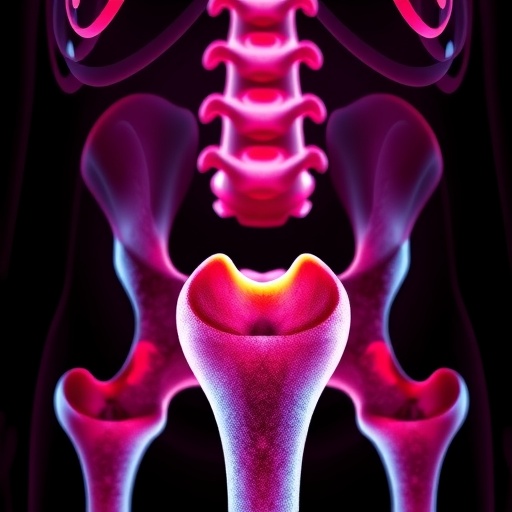According to a theoretical model developed by physicists of Ludwig-Maximilians-Universitaet (LMU) in Munich, in cell protrusions, cargo-transporting motor proteins often get in each other's way. The upshot is that freely diffusing proteins reach the leading edge faster.
Summertime, school's out – and holidaymakers pile into their cars and make a beeline for the nearest highway. The increased volume of traffic on the motorways at such times regularly results in a plethora of traffic jams and slow-go conditions. Mathematical simulations of the transport of cargo in localized cell protrusions by motor proteins suggest that a very similar phenomenon takes place in living cells. In a new paper which appears in the journal Physical Review Letters, LMU Professor Erwin Frey and Isabella Graf describe the development of a theoretical model, which indicates that the most effective way for proteins to reach their destinations in narrow protrusion is to diffuse most of the way and "hop on the bus" (i.e. attach to a motor protein) a short distance from their goal.
Cells produce thin spike-like protrusions called filopodia or microvilli by recruiting subunits to polymerizing actin filaments in localized regions immediately under the plasma membrane. The growing filaments interact with cross-linking proteins to form stiff bundles that push the cell membrane outwards and stabilize the extending projection. Such protrusions are involved in cell migration, wound healing or intercellular signaling processes, and form characteristic "brush borders" on the apical surfaces of intestinal epithelia. Depending on the functions of these projections, specific proteins must be conveyed to their tips. This process can be accomplished by passive diffusion in the cytoplasm surrounding the filaments or by active transport mediated by specialized, cargo-binding motor proteins. These motors attach to and "walk" along the subunits of the directionally polarized actin filaments, bearing their cargo toward the tips of the protrusions. "One would naively assume that the directed transport system would get the proteins there much faster than free diffusion," says Isabella Graf. "But we have now used a mathematical model to simulate and analyze the interplay between active and diffusive transport in cell protrusions, which represent a semi-closed system – open at the base, closed at the tip. – And to our surprise we found that diffusive transport is actually the more efficient mode of transport."
Simulations based on the model, which incorporates dynamic attachment and detachment of motor proteins from, and stepwise directional movement along the filaments, reveal that rates of directed, active transport within protrusions are significantly reduced by steric hindrance between the motor proteins on the filaments. Since they can neither hop over those ahead of them nor occupy the same space, correlations emerge between them, such that they no longer behave independently. The result of this correlated behavior is traffic congestion – just like that seen on a busy highway – and progress towards the tip is drastically slowed down.
The mathematical model developed by the authors takes both the density of the motor proteins and their mutual interference into account, and accurately reflects the transport dynamics along the actin filaments. Based on the results of their simulations, the authors conclude that proteins that take the diffusive option get to the tip faster, but may actually make use of the filament system for the last stretch of the journey. "Provided the tailback is not too long, it may actually have a positive effect in the vicinity of the tip," says Graf. "Because the rate of advance is slow, motor proteins spend more time in this region than they otherwise would, and their cargoes therefore have more time to perform their function." In addition, the model suggests that it would be biologically beneficial if the detachment rate near the tip of the filament were higher than elsewhere, as this would reduce the length of the tailback, while simultaneously favoring accumulation of the motor proteins at the tip.
###
Media Contact
Luise Dirscherl
[email protected]
49-892-180-3423
http://www.uni-muenchen.de
############
Story Source: Materials provided by Scienmag




